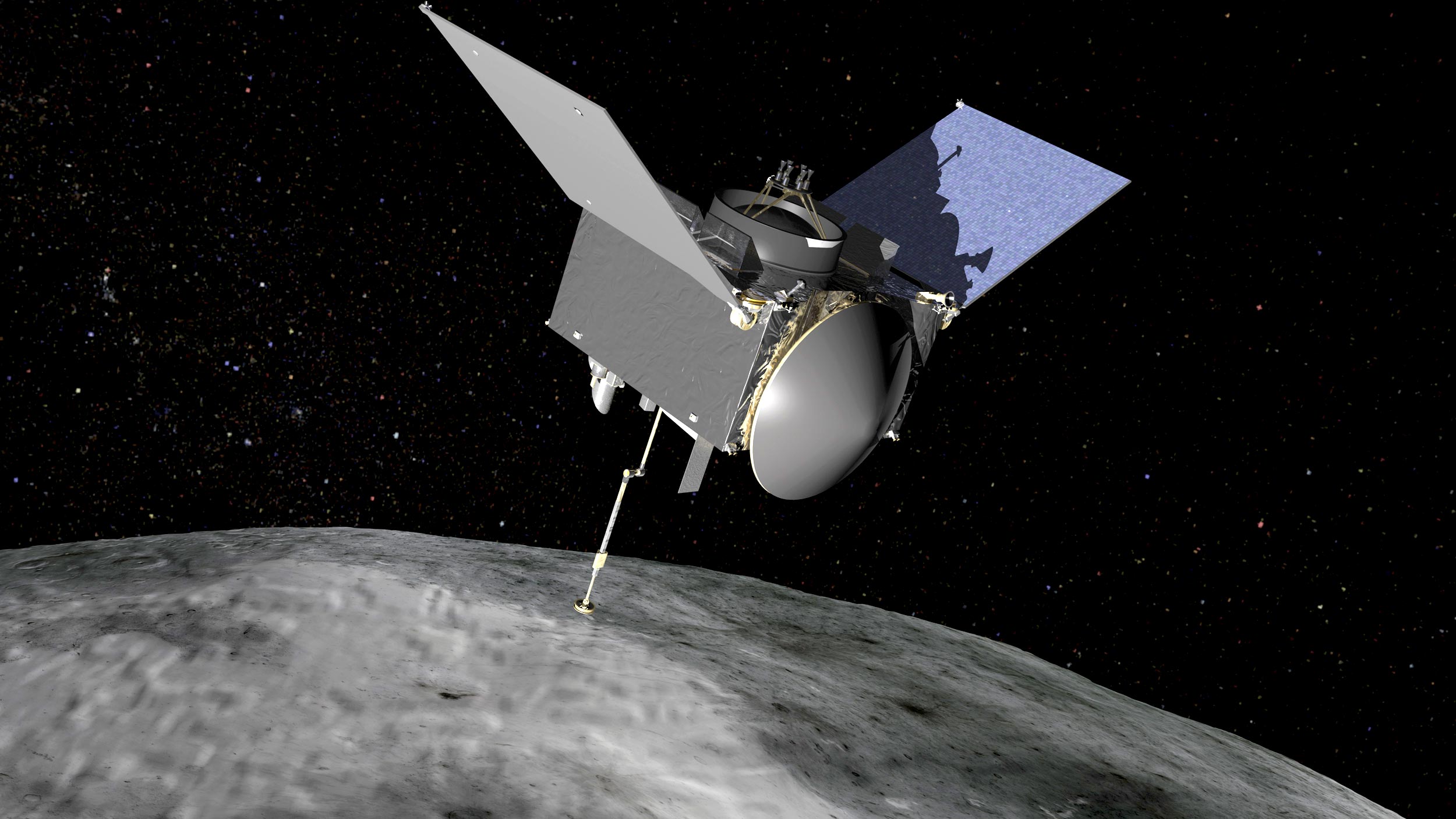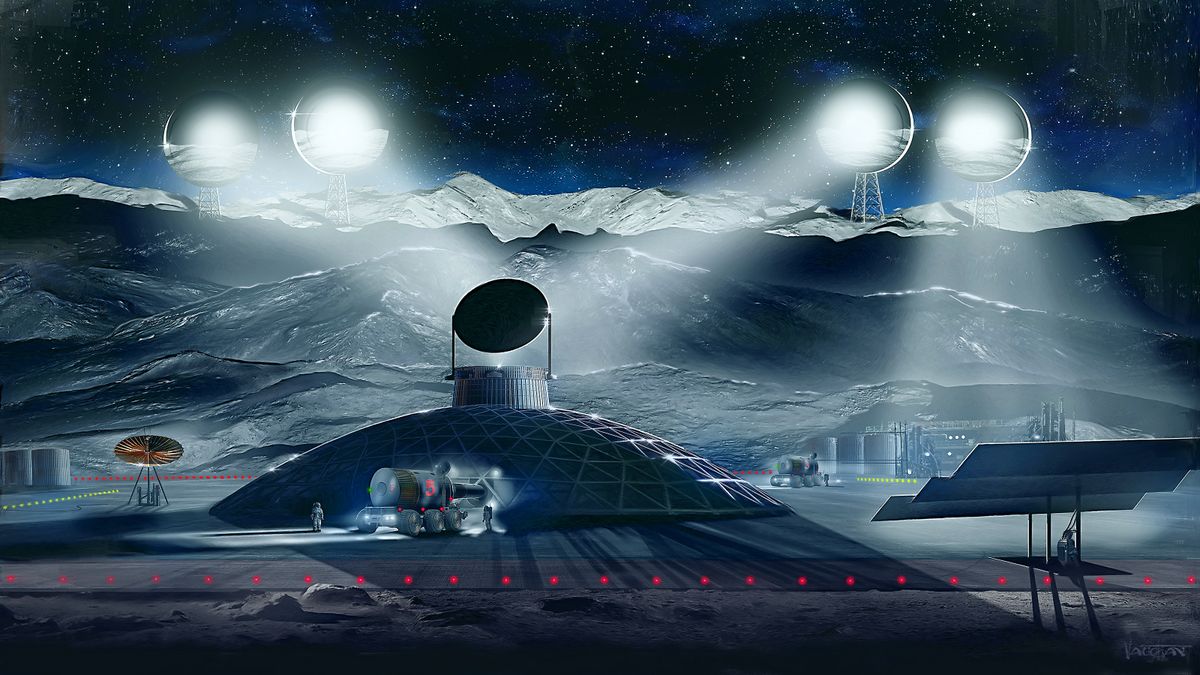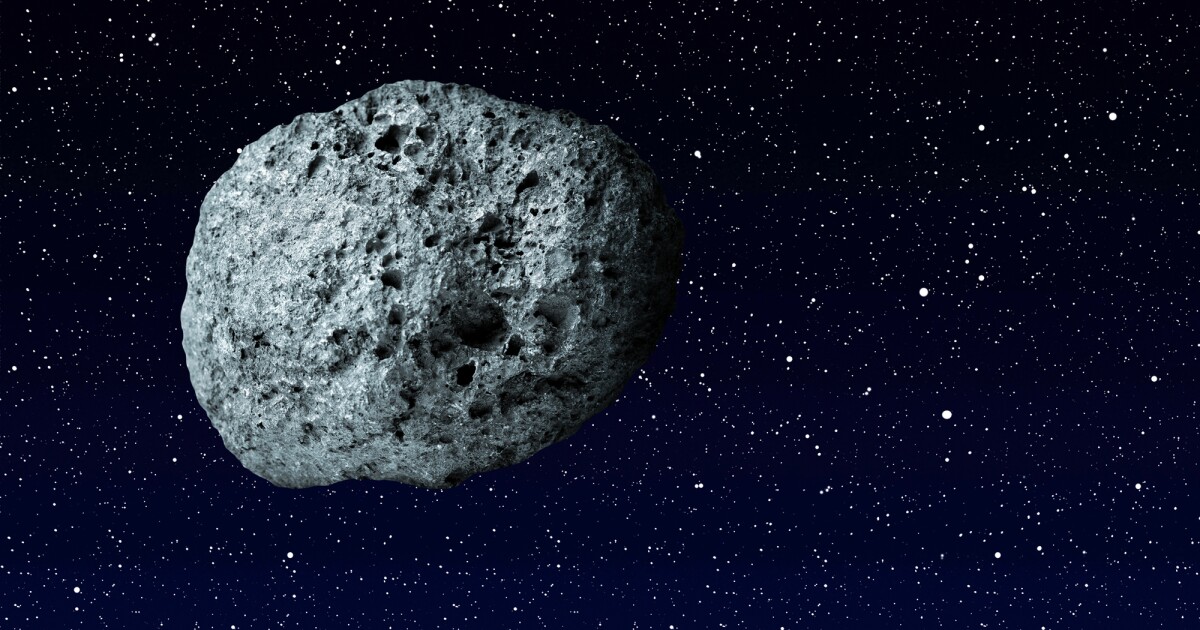
The asteroid poses no threat to us. It will pass by at roughly 4 million miles away. But you can see from this illustration that in terms of the solar system, that’s pretty “close.”
* * *
“Have you heard the buzz about a big – very big – asteroid that’ll pass relatively close to Earth later this month? Asteroid (52768) 1998 OR2 will pass at a safe distance, at some 4 million miles (6 million km), or about 16 times the Earth-moon distance. It’s big – the biggest asteroid due to fly by Earth this year – and will come closest to Earth on April 29, 2020.
Other things to check out:
Bad Astronomy | Fomalhaut's 'planet' may actually be a dust cloud from a giant asteroid collision!

In 2008 astronomers made a huge announcement: A giant exoplanet had been seen visually in Hubble images of the bright nearby star Fomalhaut! It was very exciting news; most planets at that point (and still today) are detected indirectly, so physically seeing one in an image was a Very Big Deal.
Also, Fomalhaut is only 25 light years away, one of the brightest stars in the sky, easily visible to the naked eye, and very young, just a few hundred million years old. It's also surrounded by a huge ring of dust making it look a lot like the Eye of Sauron, which many people ( including me ) had a lot of fun with.
NASA Detects 2 Asteroids Headed For Earth On Friday

NASA's Center for Near-Earth Object Studies (CNEOS) has detected two asteroids that are currently headed for Earth. According to the agency, one of the approaching asteroids follows an orbit that occasionally intersects Earth's path.
The first asteroid that's expected to visit the planet's neighborhood on Friday is known as 2020 GR2 . As indicated in CNEOS' database, this asteroid has an estimated diameter of 102 feet. It is currently traveling across space at a speed of almost 10,000 miles per hour.
Image captured of huge asteroid that's about to fly by Earth
Other things to check out:
NASA One Step Closer to Touching Asteroid Bennu and Collecting a Sample to Return to Earth

This artist’s concept shows the trajectory and configuration of NASA’s OSIRIS-REx spacecraft during Checkpoint rehearsal, which is the first time the mission will practice the initial steps for collecting a sample from asteroid Bennu. Credit: NASA/Goddard/University of Arizona
The four-hour Checkpoint rehearsal took the spacecraft through the first two of the sampling sequence’s four maneuvers: the orbit departure burn and the Checkpoint burn. Checkpoint is so named because it is the location where the spacecraft autonomously checks its position and velocity before adjusting its trajectory down toward the location of the event’s third maneuver.
Asteroid Arrokoth may have broken its neck in 6400 km per hour impact | New Scientist

NASA/Johns Hopkins University Applied Physics Laboratory/Southwest Research Institute/Roman Tkachenko
A large portion of Arrokoth's smaller 15-kilometre-wide lobe is taken up by the Maryland crater, which measures about seven kilometres across (see picture). The object that made it must have been several hundred metres wide, and hit it at …
Trump signs executive order to support moon mining, tap asteroid resources

The water ice and other lunar resources that will help the United States establish a long-term human presence on the moon are there for the taking, the White House believes.
This view has long held sway in U.S. government circles. For example, the United States, like the other major spacefaring nations, has not signed the 1979 Moon Treaty, which stipulates that non-scientific use of space resources be governed by an international regulatory framework. And in 2015, Congress passed a law explicitly allowing American companies and citizens to use moon and asteroid resources .
Population of asteroids beyond Jupiter may be from another star system

In the last few years, astronomers have begun to realize that our solar system may be visited by interstellar objects more often than we thought. And now, researchers at CNRS in France and UNESP in Brazil have traced back the odd orbits of objects called Centaurs and found that 19 of them must have originated around another star, before being captured by the Sun's gravity.
And now, the same team has discovered that it's not alone. The researchers calculated that 19 other objects probably have origins outside our solar system. These objects belong to a class called Centaurs, which orbit between Jupiter and Neptune and have some strange features.
Happening on Twitter
Asteroid 1998 OR2 will safely pass by Earth at a distance of 3.9 million miles/6.2 million km on April 29. Astrono… https://t.co/SnlToEOslt AsteroidWatch (from Washington, D.C.) Mon Apr 20 13:49:24 +0000 2020
No comments:
Post a Comment